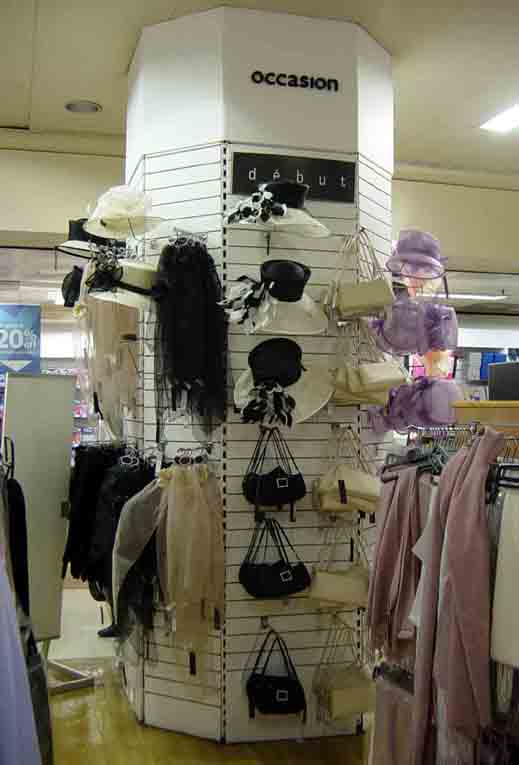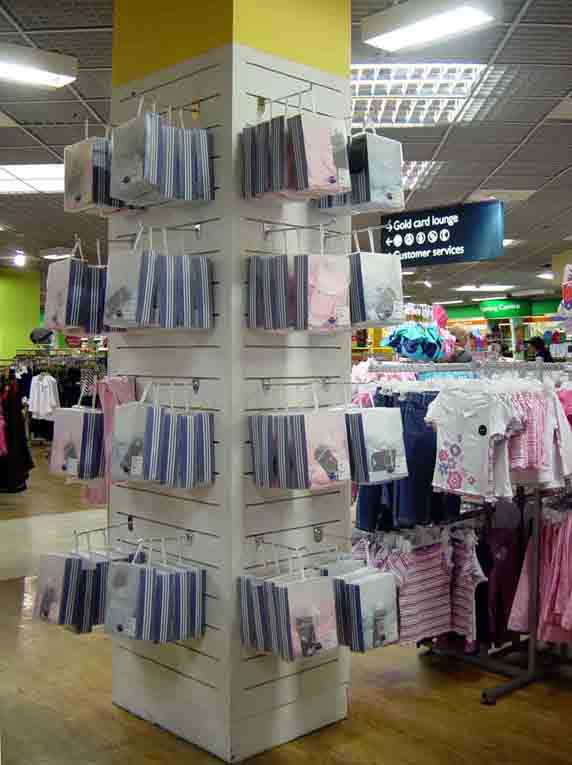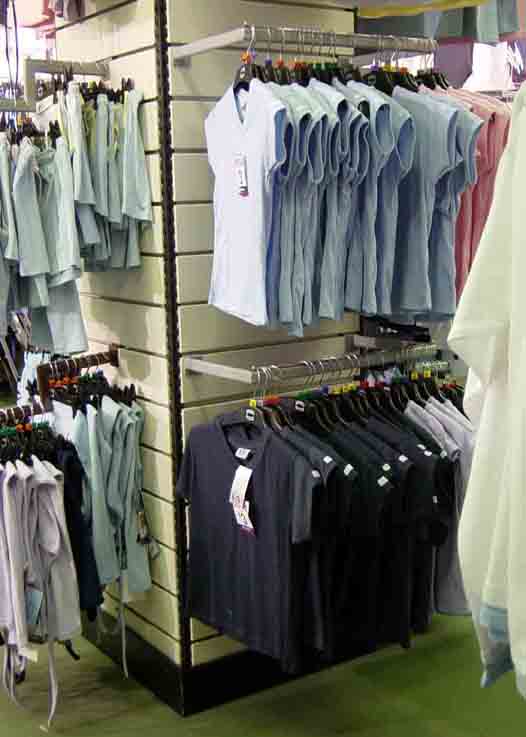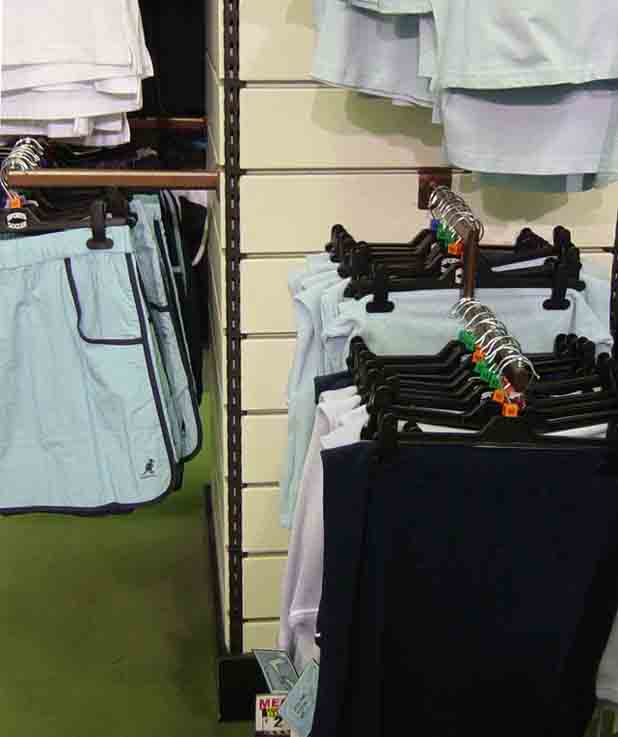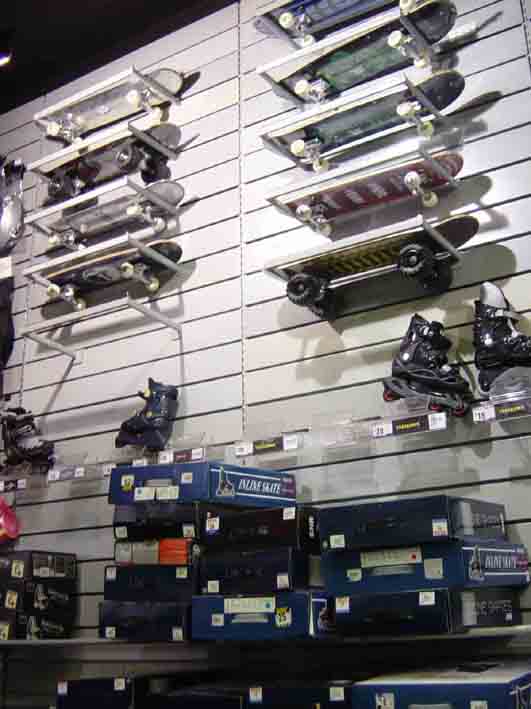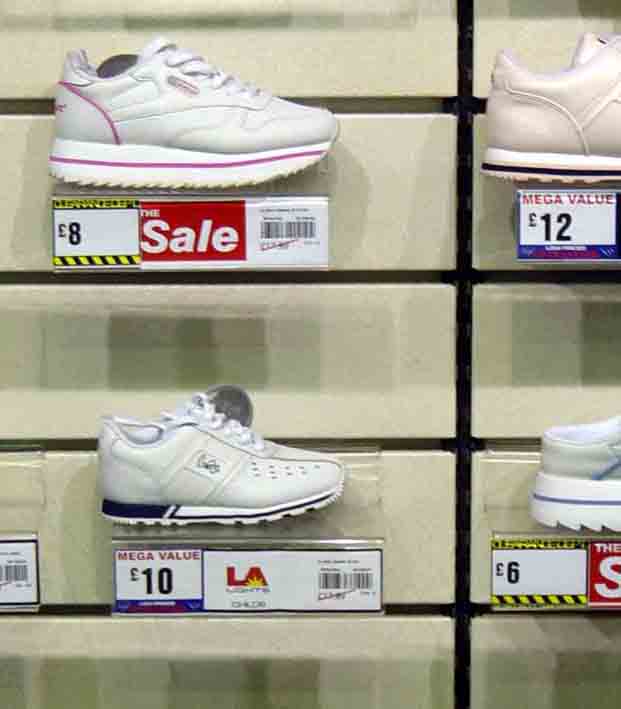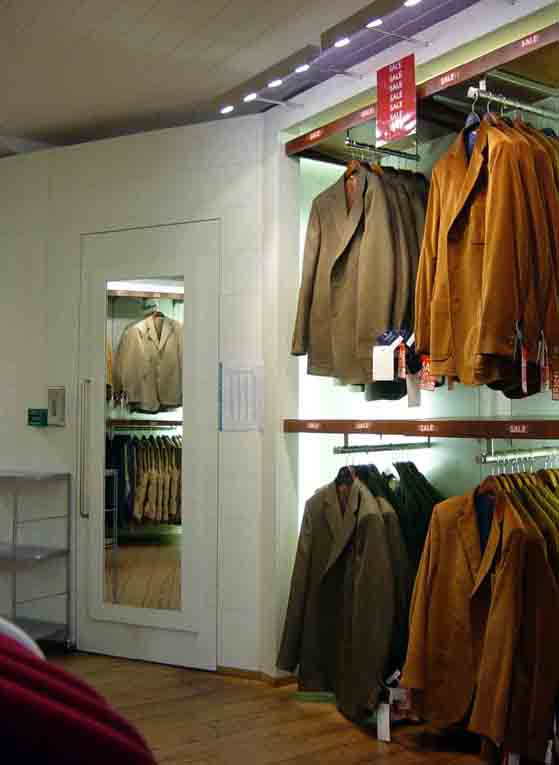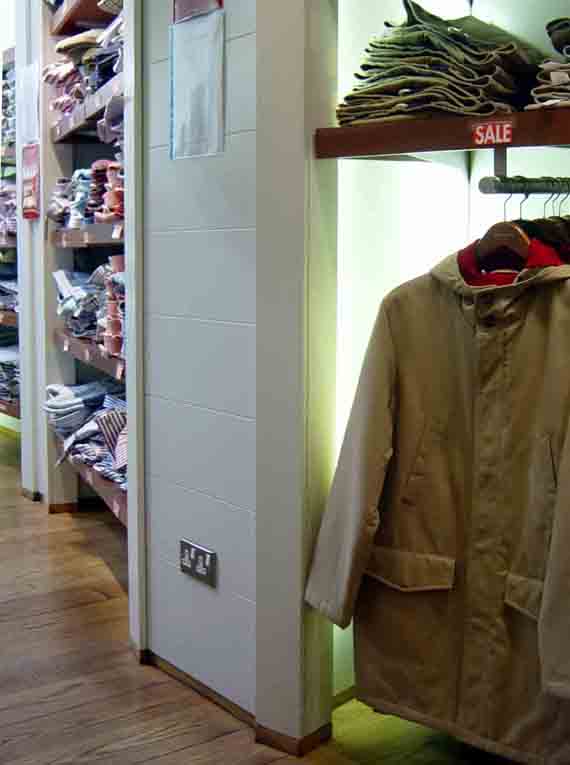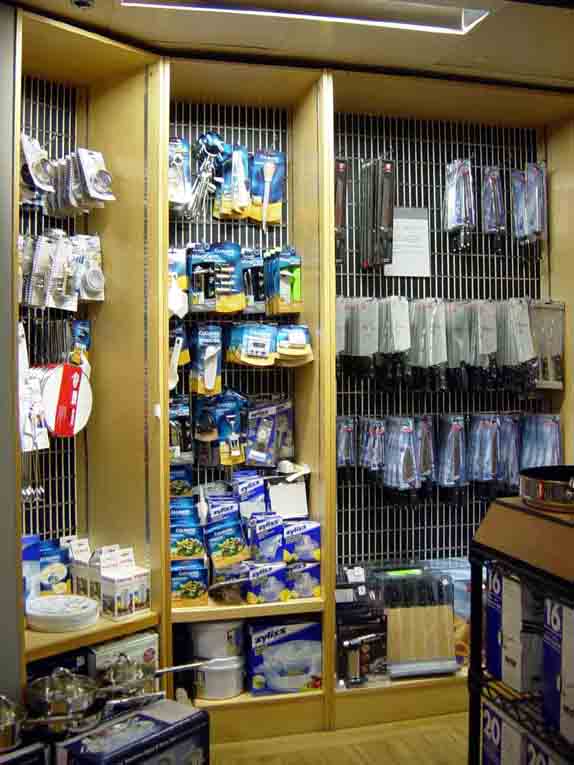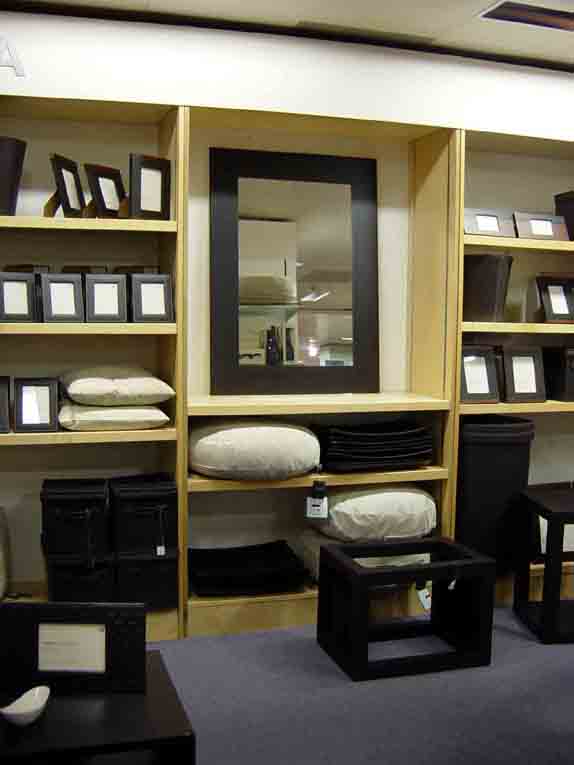designing
for recycling







London UK
Architect: varies
Completed: varies
The retail sector is one of the construction sectors that has the highest turnover of internal fitouts. Retail displays are changed as frequently as every few years and retail refurbishments can potentially result in high levels of waste production, of which most is likely to be sent to landfill.
The high frequency
of refurbishments is only one of the retail sectors typical requirements.
Retail outlets also reconfigure their shop layouts several times in the
time period between refurbishments to accommodate changes in stock and
in particular this reconfiguration work has to take place quickly and
with the least disruption to the retail activities that will generally
continue while this minor work takes place. To address this need a number
of retail display systems have be developed, which make the installation
of a fitout and its reconfiguration or disassembly easy and quick to undertake.
These display systems often allow the shell of the building untouched.
They often consist of a frame and panel system, whereby the panel can
support the display elements as well as simply act as an aesthetic lining
sheet. The panels cover the walls of the shell, thus reducing the need
to decorate the actually structure of the building. These systems can
be used in an range of different retail outlets ranging from the low cost
to the sophisticated outlet, by varying the layout and the choice of finishes.
These systems could be reused until they become damaged and in many cases
the retail merchandise covers most of the display panel making minor blemishes
irrelevant. Once disassembled the system can be stored 'flat packed' and
requires relatively little storage space. The inherent dismantleability
of the systems, couples with the speed of erection and the ability to
store in a compact manner contributes to giving a long life to the system.
Certain retail outlets have developed their own display system, which
they adapt for different uses. The same basic system can be transformed
in terms of finish and display elements to accommodate different merchandise.
The system is designed to be used for a decade or more and it can be envisaged
that it would be maintained, repairing and replacing elements as required.
The one area of improvement that could be developed further is the constitution
of the panel elements. Currently many panels are made of composite materials,
for example melamine on chipboard. This makes the recycling of the panels
impossible. A change of material to, for example solid timber, MDF painted,
metal or other solid non-composite material would reduce the waste produced
which can only go to landfill.
OTHER SUSTAINABLE DESIGN FEATURES
Health
The use of dismantleable retail display and fitout systems has a positive
impact on the health and safety of building operatives using these systems.
The use of dry construction reduces the risk of air pollutants from applied
surface treatments. For the installers this helps create a better and
healthier working environment. Similarly only a limited amount of cutting
material on site is required as most building elements are standard sizes
and mainly minor adjustments are generally needed. This reduces the risk
of injury through the use of mechanical equipment.
